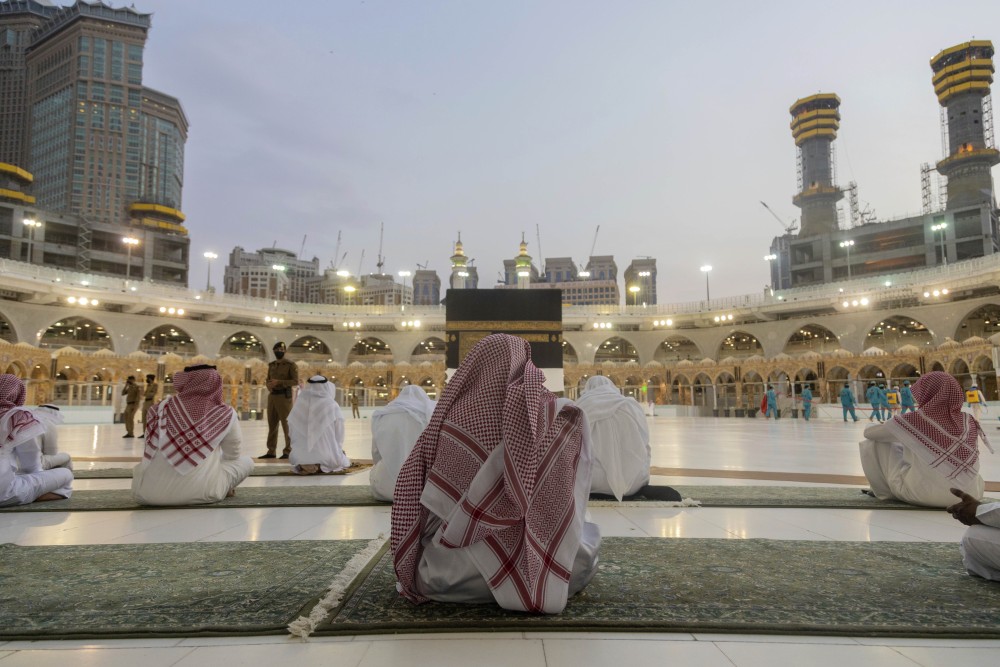Pilgrims arrive in Mecca for downsized hajj

Last month, Muslim pilgrims arrived in Mecca for a drastically scaled-down hajj, as Saudi authorities balanced the kingdom’s oversight of one of Islam’s key pillars with the safety of visitors in the face of a global pandemic.
The hajj, which ran from July 29 to August 2, is normally one of the world’s largest global gatherings, drawing about 2.5 million people for five intense days of worship.
This year, Saudi Arabia’s Hajj Ministry said that only 1,000 to 10,000 people already residing in the kingdom would be allowed to perform the pilgrimage. Two-thirds of those pilgrims would be from among foreign residents in Saudi Arabia, and one-third would be Saudi citizens.





